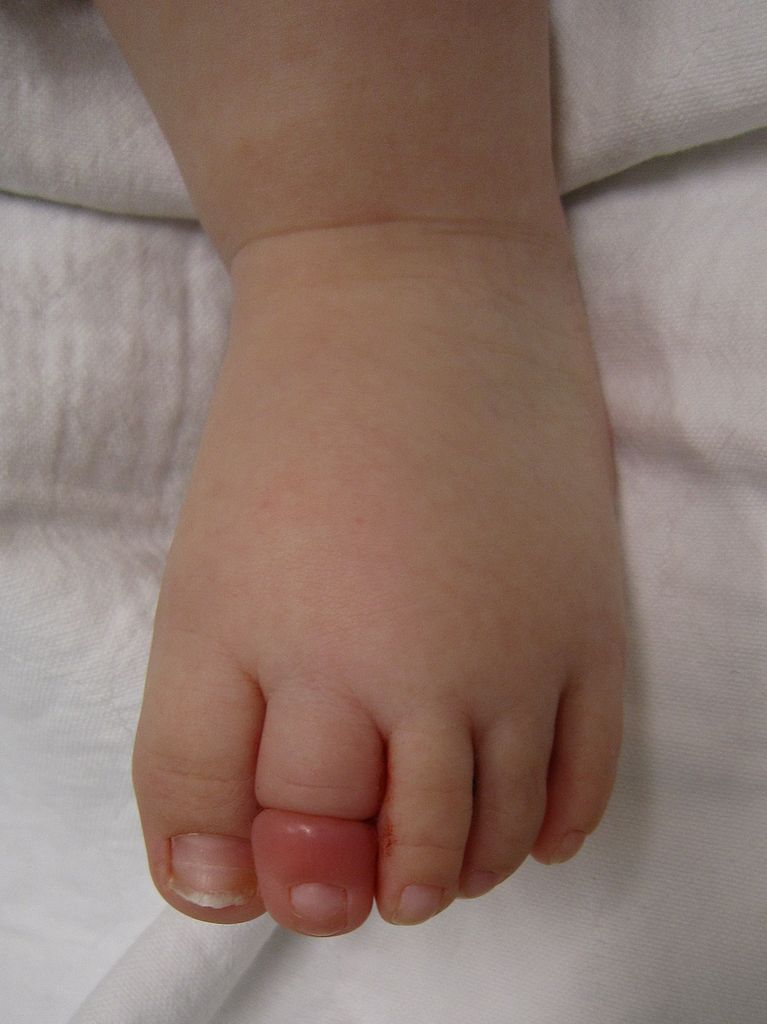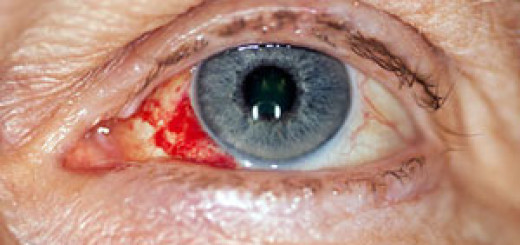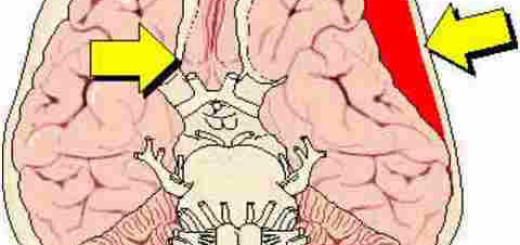What is Toe-tourniquet Syndrome?
Toe-tourniquet syndrome occurs when a strand of hair wraps around a toe causing injury. This is known as a hair tourniquet. All parents and caregivers should be aware of the risk of hair tourniquets and toe-tourniquet syndrome. Another name for the condition is hair-thread tourniquet syndrome (HTTS).
The tightly wrapped strand of hair stops blood from draining from the toe. This leads to significant swelling and damage to the tissues. Eventually, the blood supply to the toe (the arterial supply) is cut off leading to the death of tissue. In severe cases, the toe may require amputation.
Toe-tourniquet syndrome is rare, but easily missed. The condition affects babies and small children.
Hair tourniquets can affect other parts of the body, not just the toes. The genitalia and fingers of babies and small children can also be affected by this condition. In addition, although the condition is most commonly due to hair, other constricting items (e.g: an elastic band) can also cause a tourniquet effect.
How to Recognize a Hair Tourniquet
A hair tourniquet can be difficult to recognize. Signs and symptoms may include:
- Irritability/crying
- Swollen and red toe
- A visible strand of hair
The strand of hair may not be visible due to the swelling and redness as the picture below shows.

Treatment for a Hair Tourniquet
Seek urgent medical help as soon as possible if you suspect a toe tourniquet, or any other form of hair tourniquet syndrome.
The hair strand can be difficult to remove. Options include using a cream to dissolve the hair, attempting to cut the hair, or in severe cases a small cut into the toe itself.
There may be complications such as infection, therefore do not delay in seeking expert help.





